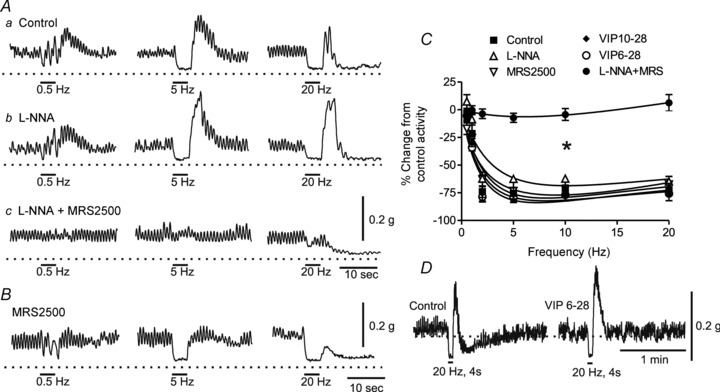Figure 2. Brief trains of electrical field stimulation (EFS; i.e. 4 s, 0.5–20 Hz) give rise to nitrergic and purinergic neuromuscular transmission (NMT) in WT mice.

A, sample traces showing responses to EFS in control conditions (Aa), following addition of NG-nitro-l-arginine (l-NNA; 300 μm; Ab), MRS2500 (1 μm; B) or combined addition of l-NNA plus MRS2500 (Ac). C, summary graph of the effect of various drugs on responses to EFS. The EFS gave rise to frequency-dependent contractile inhibition (control, n = 7) that was not reduced by l-NNA (n = 8), MRS2500 (n = 5), VIP6–28 (n = 4) or VIP10–28 (n = 6) but was abolished (*p<0.05) by combined addition of l-NNA and MRS2500 (n = 10). Shown are mean values ± SEM. One-way ANOVA with Tukey's post hoc test. D, sample traces showing the selective effect of VIP6–28 on post-stimulus relaxation but not the relaxation occurring during EFS.
